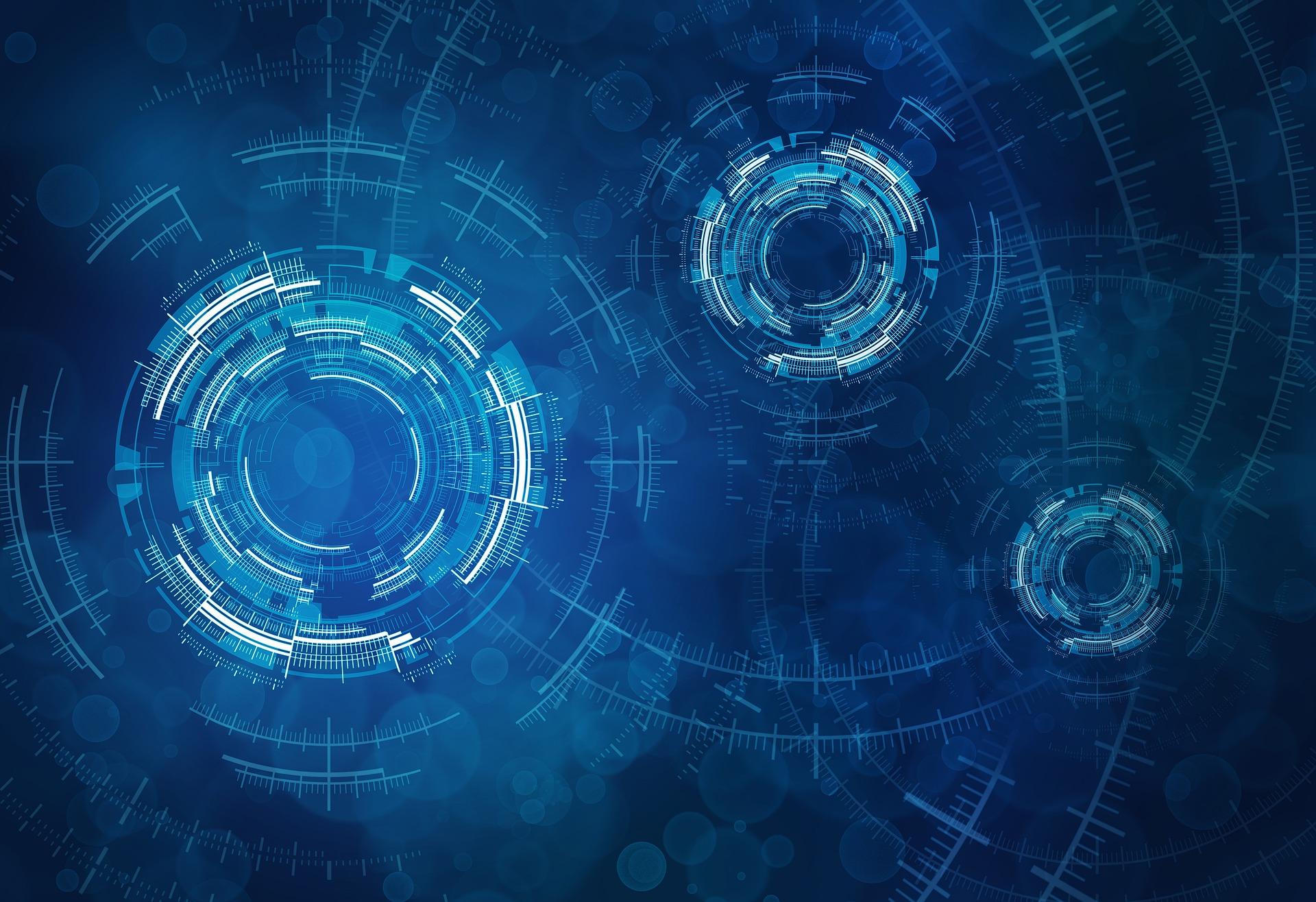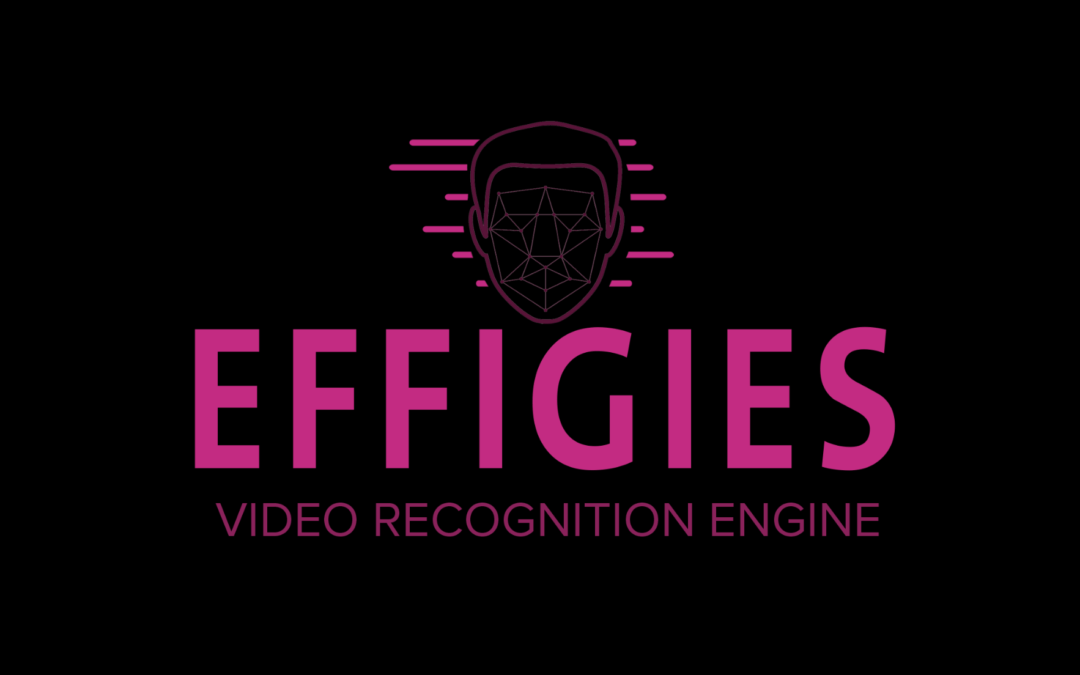In recent years, the focus on Computer Vision has grown, thanks to the advent of increasingly advanced Machine Learning techniques that have allowed us to achieve performance comparable to that of the human brain.
The growing ability to analyse video streams has shown that Computer Vision is one of the most promising software solutions in the field of artificial intelligence. More and more companies are turning their attention to this technology to improve their business performance.
How do Computer Vision algorithms work and what opportunities can they offer?
The tasks of Computer Vision
Computer Vision (CV) algorithms can perform in-depth investigations of an image, depending on the techniques used, the type of image and the type of task performed. The remarkable advances that CV is recording are mainly due to the development of the techniques of Deep Learning, the most advanced branch of Machine Learning.
Among the possible tasks are:
- Image Classification: image content analysis and semantic label attribution;
- Object Detection: search and identification of one or more objects within an image or video stream;
- Object Segmentation: similarly, to object detection, object search within images or video streams. When detected, it contours them precisely. Segmentation can be made more evident by the presence of “colored shapes” around the detected objects; does not include image enhancement features;
- Image Super Resolution: redefinition of an image, increasing its resolution and image definition quality;
- Face Recognition: face recognition of people;
- Face Comparation: the comparison of 2 faces, present in different images, aimed at identifying if the faces belong to the same person.
- Action Recognition: identification of one or more entities and their relationship in time and space in order to identify and describe specific actions;
- Emotion Recognition: sensing the sentiment of an image;
- Image Editing: changes to an image (ex: obscuration of sensitive data).
In addition, there are several ways in which an Artificial Vision architecture can extract information from images:
- Hand Crafted Features
- Computer Vision Features
- Data Driven Features
All can be selected individually or combined depending on the needs of the analysis. The first is based on the concept that algorithms can extract and define what is relevant in the image (ex. a specific color, shape, area, size), while the second is based on the division into small segments to allow a deeper analysis.
The true frontier of Computer Vision, however, are the techniques based on Data Driven Features, which allow the recognition and classification of images without having to design the phase of extraction of features that is carried out by neural networks.
Effigies: Video Recognition Engine
Pragma Etimos team has developed a new innovative tool: EFFIGIES.
This is a software aimed at the analysis of visual data streams (video and images) that, through Machine Learning technologies and algorithms, is able to identify vehicles, plates, objects of various nature, colors, people, animals and extract various information.
The goal was to create a solution with a simple interface that, however, allowed for several complex operations, including:
- General tools: a series of features that can improve the quality of images and video streams, so as to better adapt them to subsequent analysis procedures;
- Specific tools:
- Face Analysis: to analyze details of the human face;
- Face Comparation: for the comparison of 2 faces;
- Super Resolution: to increase the image definition;
- Object Detection: to identify specific objects such as a vehicle license plate.
Effigies is a suite of tools that can be modulated according to the objectives and needs of each company.
We at Pragma Etimos team decided to create a customizable, integrable and non-standard solution in order to get the maximum result from the adoption of this intelligent technology.
You may also like

AI AND MACHINE LEARNING: THE REAL LEADERS OF CYBER PROTECTION
The relationship between Artificial Intelligence and Cyber Protection is now well established and destined to become increasingly symbiotic. Cyber Intelligence tools take full advantage of machine learning and deep learning technologies for various purposes, from…

NEURAL NETWORKS FOR NEW GENERATIONS OF IOT
The evolution of the new generations of Internet of Things (iot) has opened the door to an ever wider use of Artificial Intelligence (AI) in the context of the optimization of resources and the creation of more modern solutions close to contemporary needs. However,…

